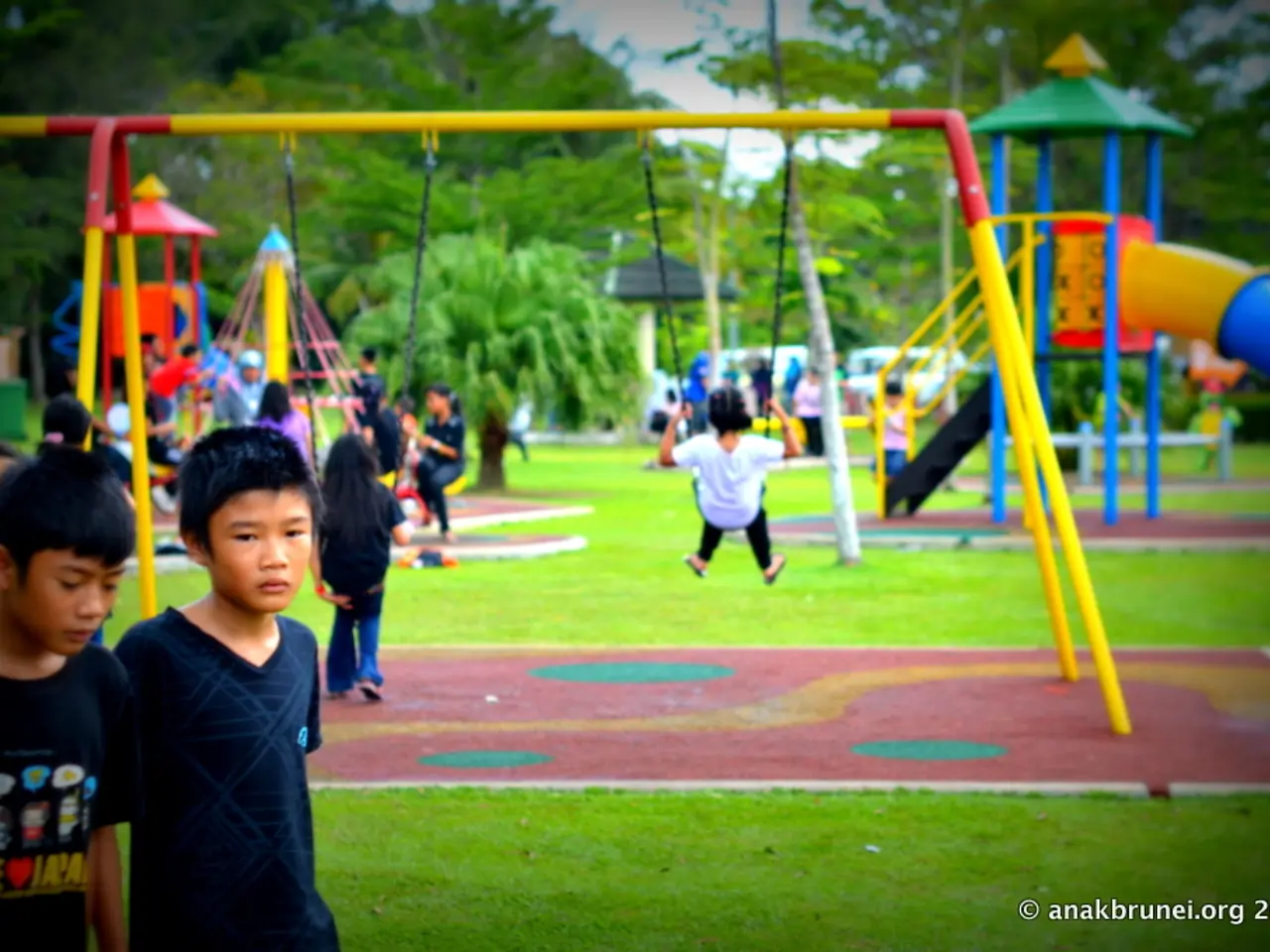Outdoor Mathematical Puzzles for Every Age Group That Ignite Curiosity
Get ready to combine fresh air, physical activity, and learning in a unique way! Outdoor spaces provide an excellent opportunity to engage children in math activities that are both fun and educational.
From tracking game scores and player performance in outdoor sports, such as basketball shots made versus attempted, soccer goals scored per game, or frisbee catches completed in sequence, to designing treasure hunt clues that require solving equations to reveal the next location, there's a world of possibilities.
One innovative approach is the Human Number Line. By creating a large number line on the ground with chalk or tape, children can stand on numbers and physically move along the line to solve math problems, combining movement with number sense practice. Another engaging activity is the Hopscotch Number Line, where children hop through the squares solving math problems based on the numbers they land on.
Nature walks can also be transformed into math explorations. Encourage children to count natural objects like trees, rocks, leaves, or flowers during a walk, or hide number cards outdoors and have kids find and order them. These activities not only promote observational skills and number practice but also make math dynamic and hands-on.
Outdoor math activities can be designed to support and reinforce school curriculum standards. For example, Backyard Olympics Math Games can incorporate measuring long jumps, tracking distances, or calculating angles in water balloon tosses. Scoring with sidewalk chalk allows for math application in a competitive, lively setting.
Regular informal assessments through questioning and problem-solving discussions help gauge understanding and identify areas needing additional practice or support. Simple data collection sheets or journals can be created to record mathematical discoveries and measurements.
By transforming abstract concepts into tangible, relatable experiences, we can make math less intimidating. For instance, measuring and recording the shadow length every hour from morning until evening, or creating simple charts to record athletic achievements in outdoor sports, can help children understand mathematical concepts in a practical way.
Adapt outdoor activities to target specific learning objectives and grade-level standards. The complexity of outdoor math activities can be adjusted to match each child's mathematical development.
So, let's get outside and make learning fun! Whether it's a simple counting nature walk or a complex treasure hunt with mathematical clues, the great outdoors offers endless opportunities to engage children in math in a way that's both enjoyable and educational.
- Incorporate fashion-and-beauty into your outdoor math activities by creating fashionable number cards for children to find and order during nature walks.
- Duringhalftime, use food-and-drink items to solve complex algebra equations related to the remaining game time, serving sizes, or calories consumed.
- Transform travel experiences into opportunities for self-development by calculating distances, convert currencies, or compare travel times across different modes of transportation.
- Create a home-and-garden themed math game by measuring the dimensions of the garden plot, calculating planting patterns, or estimating necessary materials for a new outdoor project.




